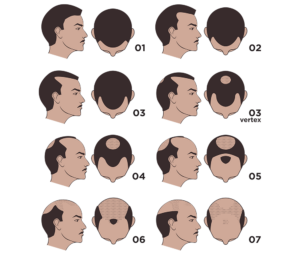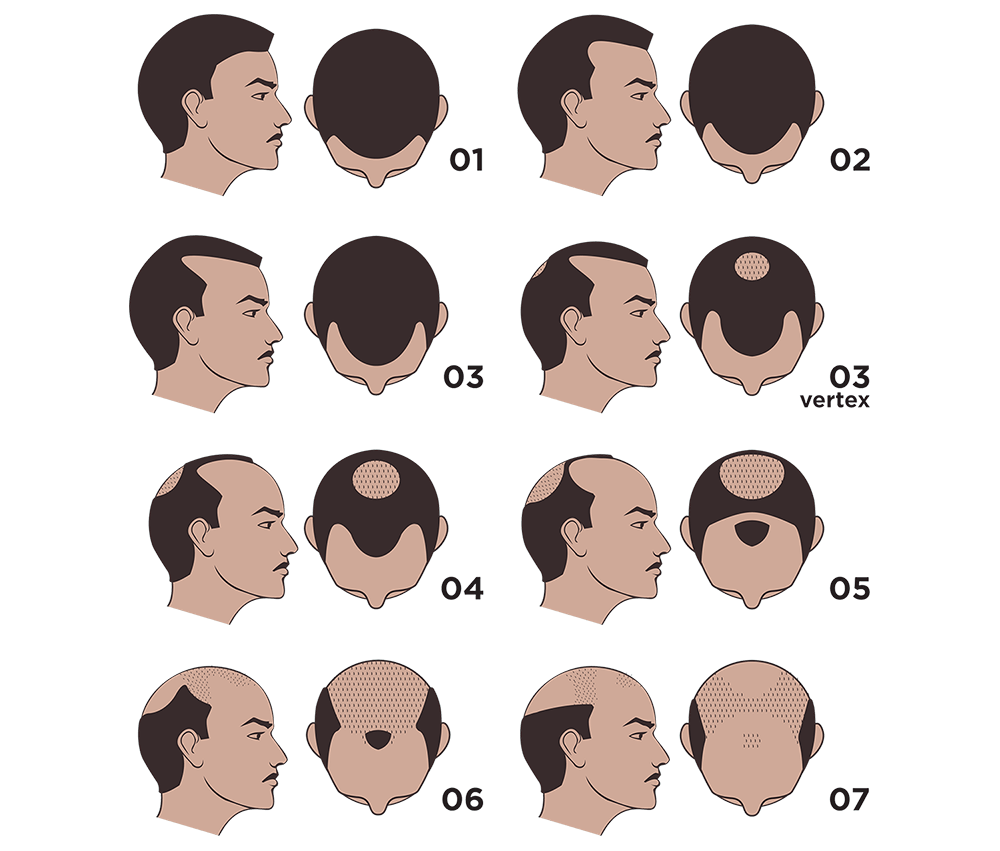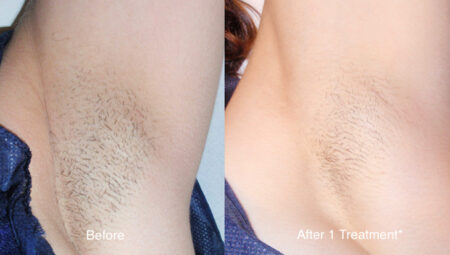So you are aware of hair loss in men: The stages of hair loss in men. The Norwood Scale is a well-known system for defining male pattern baldness, and NW3 (Norwood III) is a key phase in that process because it is when hair loss can be fairly visible. In this article, we’ll explore NW3 hair, the causes of NW3, how to treat it and how to avoid it for healthy hair.
What is NW3 Hair?

The Norwood scale (also called Hamilton-Norwood scale) is a classification system for stages of male pattern baldness. NW3 is the third tier and is represented by:
When there is a prominent M-shaped appearance of the hairline.
Thinning at the temples
Symptoms of crown thinning may show early
NW3 | NW3 — Moderate hair loss NW2 but just not as noticeable as NW4 or NW5.
Hair loss becomes pronounced in the later stages, so people may begin to explore hair restoration treatments.
Causes of NW3 Hair Loss
Genetics
Androgenetic Alopecia (Male Pattern Baldness) is genetically inherited. A history of NW3 hair loss in your father or grandfather increases the risk of NW3 hair loss.
Hormonal Changes
Dihydrotestosterone (DHT, the main androgen derived from testosterone) is one of the primary culprits in hair follicle miniaturization. Excess DHT can cause the hair-growth cycle to shorten, which causes thinning and, ultimately, hair loss.
Lifestyle and Diet
So can poor nutrition, stress, lack of sleep and smoking. Iron, zinc, biotin, and vitamin D deficiencies can make hair follicles weaker.
Medical Conditions
Some medical conditions, such as thyroid disorders, scalp infections, and autoimmune diseases, can also contribute to hair thinning and loss.
NW3 Hair Treatment Options
FDA-Approved Medications
Minoxidil (Rogaine)
A topical treatment that stimulates hair growth by increasing blood circulation to hair follicles.
Applied directly to the scalp twice a day.
It takes several months before you begin noticing results (usually, within 3–6 months).
Finasteride (Propecia)
A pill that inhibits the production of DHT and helps stop hair loss from worsening.
In clinical studies 83% of men saw hair loss slow or regrowth.
Need for ongoing use; discontinuation of therapy can result in ongoing hair loss.
Hair Transplant Surgery
For a person who exhibits significant hair loss, either FUE (Follicular Unit Extraction) or FUT (Follicular Unit Transplantation) techniques can offer restoring and permanent options for the same, where hair follicles are taken from the backside of the head and put in balding areas.
FUE: Harvests single follicles, very little scarring.
FUT: This involves cutting a strip of scalp and inserting hair grafts.
The outcomes don’t fully show up for six to 12 months.
Low-Level Laser Therapy (LLLT)
Stimulates hair follicles with laser light
Helps to stimulate hair growth through enhanced cell metabolism and blood circulation.
Safe alternative but needs to be used consistently.
PRP (Platelet-Rich Plasma) Therapy
It involves extracting a patient’s blood, processing it and injecting platelet-rich plasma into the scalp.
Prompts regeneration of hair follicles.
Requires multiple sessions, results can take several months.
The use of natural and holistic treatments
Essential Oils
Both rosemary oil and peppermint oil have been proven to induce hair growth.
Use on the scalp for a hair care routine.
Microneedling
Invokes micro-injuries to the scalp via tiny needles.
Helps stimulate collagen production and improves absorption of topical therapies like minoxidil.
Nutritional Supplements
Biotin, Vitamin D, Zinc, and Omega-3 fatty acids are important to hair health.
A healthy diet will help prevent a deficiency that causes hair loss.
Preventing Further Hair Loss
If you are at the NW3 stage, preventative measures can slow the progress of hair loss:
Don’t do tight hairstyles that pull on the hair.
Manage stress with meditation, yoga or exercise.
Opt for sulfate-free shampoos and limit heat styling.
Drink plenty of fluids and eat a well-balanced diet.
Reduce alcohol and smoking, which can compromise hair follicles.
NW3 hair loss is an extreme level of male pattern baldness, however it is still possible to recover and preserve healthy hair. From FDA-approved treatments such as Minoxidil and Finasteride, cutting-edge procedures like hair transplants and PRP therapy, to remedies based on nature, like essential oils and supplements — the solutions are plentiful.
For those with NW3 hair loss, seeking advice from a dermatologist or hair expert can help you understand what is the most suitable treatment for your situation. Taking action early can really help in terms of reducing and preventing any further hair fall.
Act now, to enhance hair density, elevate confidence, and preserve a youthful look!



